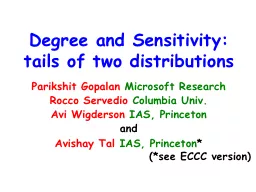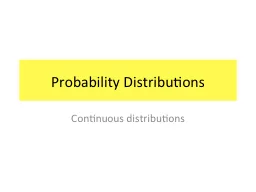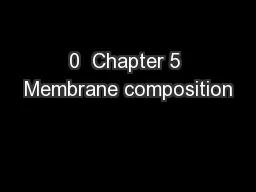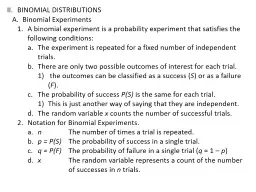PPT-Degree and Sensitivity: tails of two distributions
Author : lois-ondreau | Published Date : 2018-02-20
Parikshit Gopalan Microsoft Research Rocco Servedio Columbia Univ Avi Wigderson IAS Princeton and Avishay Tal IAS Princeton see ECCC version Real degree
Presentation Embed Code
Download Presentation
Download Presentation The PPT/PDF document "Degree and Sensitivity: tails of two dis..." is the property of its rightful owner. Permission is granted to download and print the materials on this website for personal, non-commercial use only, and to display it on your personal computer provided you do not modify the materials and that you retain all copyright notices contained in the materials. By downloading content from our website, you accept the terms of this agreement.
Degree and Sensitivity: tails of two distributions: Transcript
Download Rules Of Document
"Degree and Sensitivity: tails of two distributions"The content belongs to its owner. You may download and print it for personal use, without modification, and keep all copyright notices. By downloading, you agree to these terms.
Related Documents














